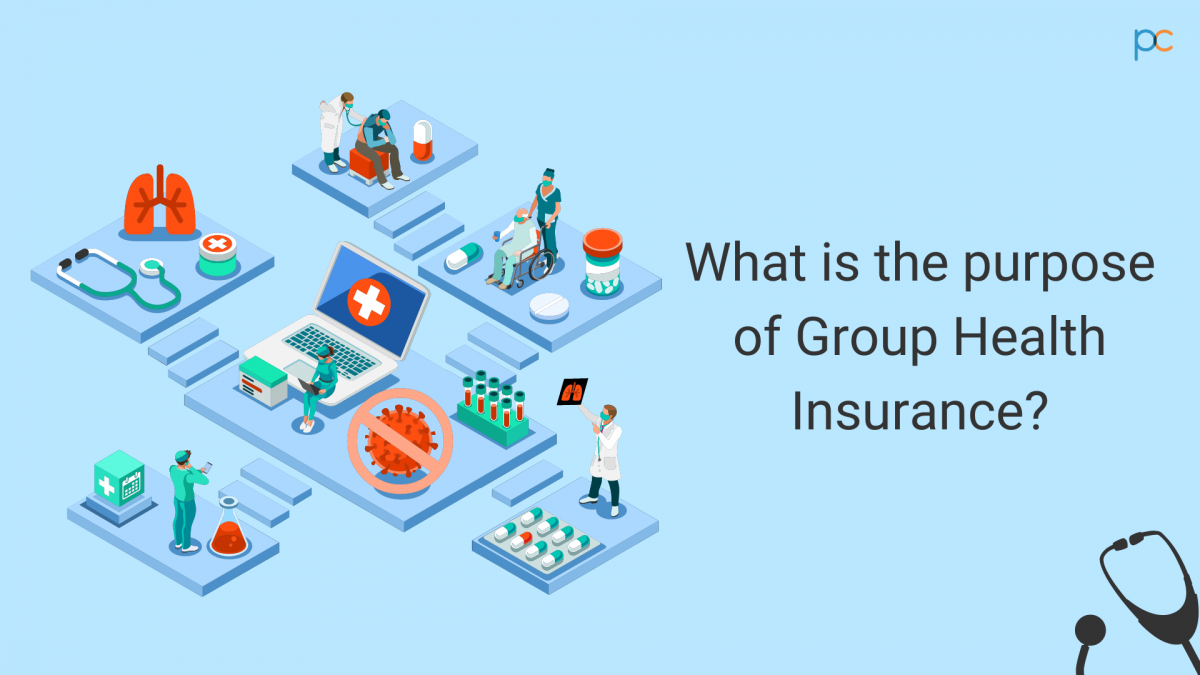Some Known Incorrect Statements About Pacific Prime
Some Known Incorrect Statements About Pacific Prime
Blog Article
The Ultimate Guide To Pacific Prime
Table of ContentsThe Ultimate Guide To Pacific PrimeHow Pacific Prime can Save You Time, Stress, and Money.Getting My Pacific Prime To WorkPacific Prime - An OverviewThe Basic Principles Of Pacific Prime

This is due to the fact that the data were accumulated for a period of solid financial efficiency. Of the approximated 42 million individuals that were without insurance, almost about 420,000 (regarding 1 percent) were under 65 years old, the age at which most Americans become eligible for Medicare; 32 million were grownups in between ages 18 and 65, about 19 percent of all adults in this age; and 10 million were youngsters under 18 years of age, regarding 13.9 percent of all youngsters (Mills, 2000).
These price quotes of the number of individuals without insurance are created from the annual March Supplement to the Existing Populace Study (CPS), carried out by the Demographics Bureau. Unless otherwise kept in mind, nationwide price quotes of people without medical insurance and proportions of the populace with different type of insurance coverage are based upon the CPS, the most widely utilized resource of price quotes of insurance policy protection and uninsurance rates.
The 10-Minute Rule for Pacific Prime

Still, the CPS is particularly beneficial because it produces annual estimates reasonably rapidly, reporting the previous year's insurance policy protection approximates each September, and due to the fact that it is the basis for a constant set of price quotes for greater than two decades, enabling analysis of fads in coverage gradually. For these factors, in addition to the substantial use the CPS in various other research studies of insurance protection that are presented in this report, we count on CPS quotes, with limitations kept in mind.

The price quote of the number of without insurance people broadens when a population's insurance policy condition is tracked for numerous years. Over a three-year period starting early in 1993, 72 million individuals, 29 percent of the U.S. https://www.evernote.com/shard/s546/sh/8f1cd5bd-5293-5c41-de17-4bdd133c2512/Ys4FLzdj5gxe0L6dvStII_pnIFGb0LUfGOCEfmyJ1KpgM_HY42MlBLvtpg. populace, lacked insurance coverage for at the very least one month. Within a single year (1994 ), 53 million people experienced a minimum of a month without coverage (Bennefield, 1998a)
6 out of every 10 uninsured grownups are themselves employed. Although working does boost the probability that one and one's household participants will certainly have insurance coverage, it is not a guarantee. Even participants of families with two full-time breadwinner have nearly a one-in-ten chance of being without insurance (9.1 percent uninsured rate) (Hoffman and Pohl, 2000).
Pacific Prime Can Be Fun For Everyone
New immigrants account for a significant proportion of people without health and wellness insurance. One analysis has actually connected a significant part of the recent growth in the size of the U.S. without insurance populace to immigrants that arrived in the country between 1994 and 1998 (Camarota and Edwards, 2000). Current immigrants (those that concerned the United States within the past four years) do have a high rate of being without insurance (46 percent), yet they and their youngsters make up just 6 percent of those without insurance country wide (Holahan et al., 2001).
The relationship between health and wellness insurance policy and accessibility to care is well developed, as documented later on in this phase. The partnership in between health and wellness insurance and wellness outcomes is neither straight neither basic, a substantial scientific and wellness solutions research study literary works links health insurance protection to better accessibility to care, far better top quality, and enhanced personal and population health and wellness status.
Levels of analysis for analyzing the impacts of uninsurance. It focuses especially on those without any type of health insurance policy for any type of size of time.
About Pacific Prime
The troubles faced by the underinsured remain in some respects similar to those dealt with by the without insurance, although they are usually much less extreme. maternity insurance for expats. Uninsurance and underinsurance, however, include definitely different policy concerns, and the methods for resolving them may differ. Throughout this study and the 5 records to comply with, the primary emphasis is on persons without medical insurance and therefore no support in paying for health and wellness care beyond what is readily available with charity and safeguard establishments
Wellness insurance is a powerful variable influencing receipt of care since both people and physicians reply click for more to the out-of-pocket cost of solutions - https://www.pinterest.com/pin/1093741459520423720. Wellness insurance coverage, however, is neither needed nor sufficient to get to clinical solutions. Nonetheless, the independent and direct effect of medical insurance coverage on accessibility to wellness solutions is well established.
Others will get the health and wellness care they require even without medical insurance, by paying for it expense or seeking it from service providers that offer treatment complimentary or at highly subsidized prices. For still others, medical insurance alone does not make certain receipt of treatment due to various other nonfinancial barriers, such as a lack of healthcare suppliers in their community, limited accessibility to transport, illiteracy, or linguistic and social differences.
Pacific Prime Things To Know Before You Buy
Official research concerning uninsured populations in the United States dates to the late 1920s and very early 1930s when the Board on the Price of Medical Treatment generated a series of reports about financing doctor office visits and hospitalizations. This problem came to be significant as the varieties of medically indigent climbed up throughout the Great Clinical depression.
Report this page